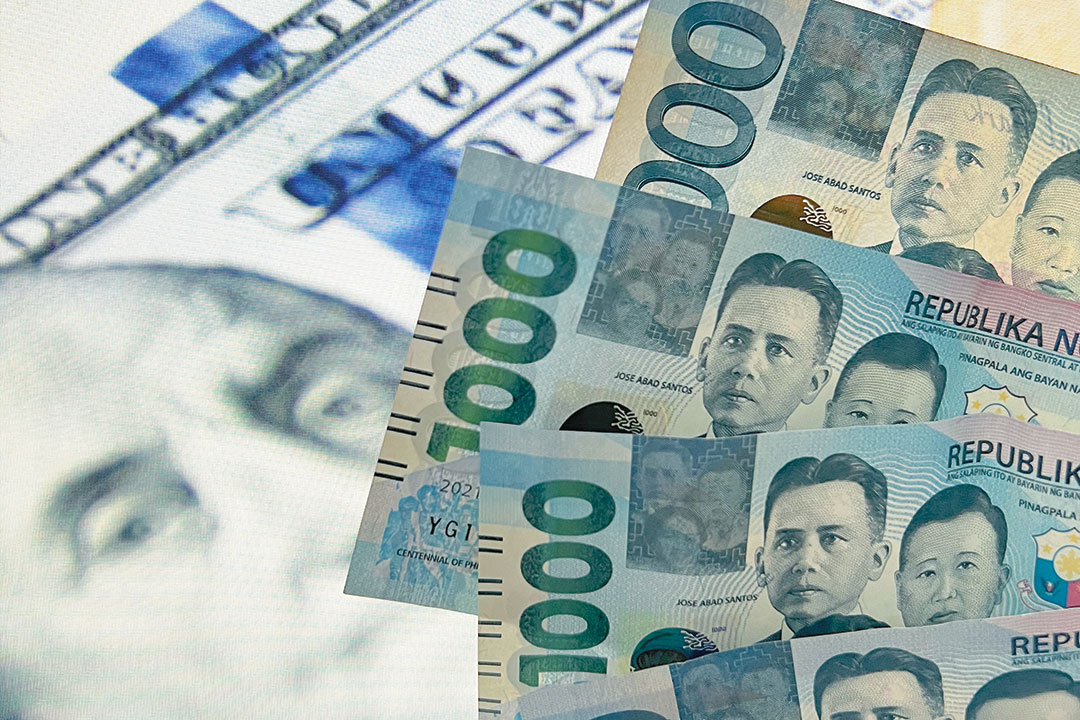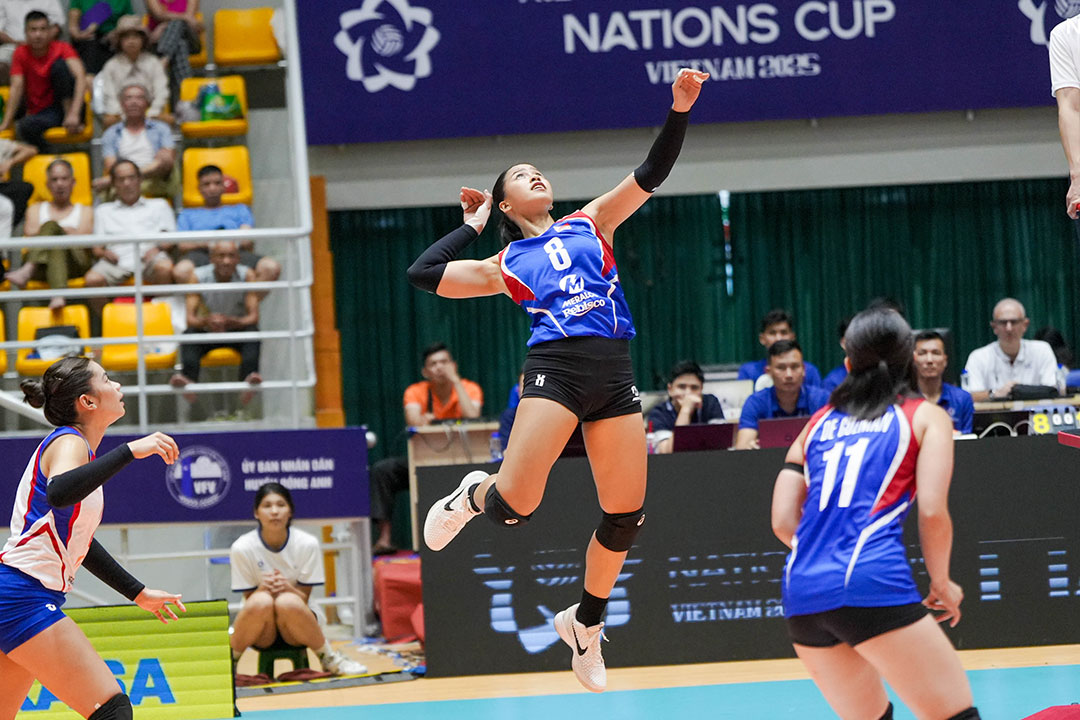
Upgrade to High-Speed Internet for only ₱1499/month!
Enjoy up to 100 Mbps fiber broadband, perfect for browsing, streaming, and gaming.
Visit Suniway.ph to learn
MANILA, Philippines — Rice farmers will receive over P34 billion in support under the government’s rice competitiveness enhancement fund (RCEF) this year as tariff collections last year surged to a record high.
Department of Agriculture Assistant Secretary Arnel de Mesa said the Bureau of Customs (BOC) has certified P34.23 billion in rice tariff collections last year, about 14 percent higher than the P29.93 billion collected in 2023.
Under existing laws, the BOC must certify the total rice tariff collections in the preceding calendar year, which will form part of the RCEF, an earmarked fund aimed at developing the domestic rice industry’s competitiveness.
With the amendment of the rice tariffication law (RTL), P15 billion of the total rice tariffs collected last year will be used to finance the distribution of inbred seeds (P6 billion) and bankroll the farm mechanization program (P9 billion).
The other P15 billion can be used by the DA to bankroll other programs listed under Republic Act (RA) 12078.
The menu of items eligible for financing includes extension services, financial assistance and credit assistance. The collections can also fund the construction of composting facilities, pest and disease management, solar-powered irrigation, soil health improvement and contract farming program.
The remaining P4.23 billion will be considered as excess collections and must be earmarked according to the allocations stipulated under RA 12078. This means that 30 percent of the excess collections will go to mechanization, 20 percent to seeds and 50 percent to other eligible programs.
This is the first time that the new and expanded RCEF will be implemented by the government after the RTL was amended last year. The amendment involved expanding the menu of projects under RCEF and extending its implementation until 2031.
Under the amended RTL, the beneficiaries of RCEF involve both farmers and farmworkers that are listed in the Registry System for Basic Sectors in Agriculture as well as cooperatives and associations accredited by the DA.
The increase in rice tariff collections last year was driven by the higher volume of imports, a weaker peso and better shipment valuation by the customs bureau despite the lowering of the tariff rate to 15 percent in July 2024.
Rice import volume last year reached 4.74 million metric tons, about a third higher than the 3.561 million MT volume recorded in 2023, based on BOC figures.
The average rice import valuation on a metric ton basis, meanwhile, rose by 18 percent year-on-year to $511.83 from $433.49 in 2023, BOC data showed.
Higher tariff collections boost fund for rice farmers to P34 billion
Jasper
MANILA, Philippines — Rice farmers will receive over P34 billion in support under the government’s rice competitiveness enhancement fund (RCEF) this year as tariff collections last year surged to a record high.
Department of Agriculture Assistant Secretary Arnel de Mesa said the Bureau of Customs (BOC) has certified P34.23 billion in rice tariff collections last year, about 14 percent higher than the P29.93 billion collected in 2023.
Under existing laws, the BOC must certify the total rice tariff collections in the preceding calendar year, which will form part of the RCEF, an earmarked fund aimed at developing the domestic rice industry’s competitiveness.
With the amendment of the rice tariffication law (RTL), P15 billion of the total rice tariffs collected last year will be used to finance the distribution of inbred seeds (P6 billion) and bankroll the farm mechanization program (P9 billion).
The other P15 billion can be used by the DA to bankroll other programs listed under Republic Act (RA) 12078.
The menu of items eligible for financing includes extension services, financial assistance and credit assistance. The collections can also fund the construction of composting facilities, pest and disease management, solar-powered irrigation, soil health improvement and contract farming program.
The remaining P4.23 billion will be considered as excess collections and must be earmarked according to the allocations stipulated under RA 12078. This means that 30 percent of the excess collections will go to mechanization, 20 percent to seeds and 50 percent to other eligible programs.
This is the first time that the new and expanded RCEF will be implemented by the government after the RTL was amended last year. The amendment involved expanding the menu of projects under RCEF and extending its implementation until 2031.
Under the amended RTL, the beneficiaries of RCEF involve both farmers and farmworkers that are listed in the Registry System for Basic Sectors in Agriculture as well as cooperatives and associations accredited by the DA.
The increase in rice tariff collections last year was driven by the higher volume of imports, a weaker peso and better shipment valuation by the customs bureau despite the lowering of the tariff rate to 15 percent in July 2024.
Rice import volume last year reached 4.74 million metric tons, about a third higher than the 3.561 million MT volume recorded in 2023, based on BOC figures.
The average rice import valuation on a metric ton basis, meanwhile, rose by 18 percent year-on-year to $511.83 from $433.49 in 2023, BOC data showed.

 1 week ago
5
1 week ago
5



